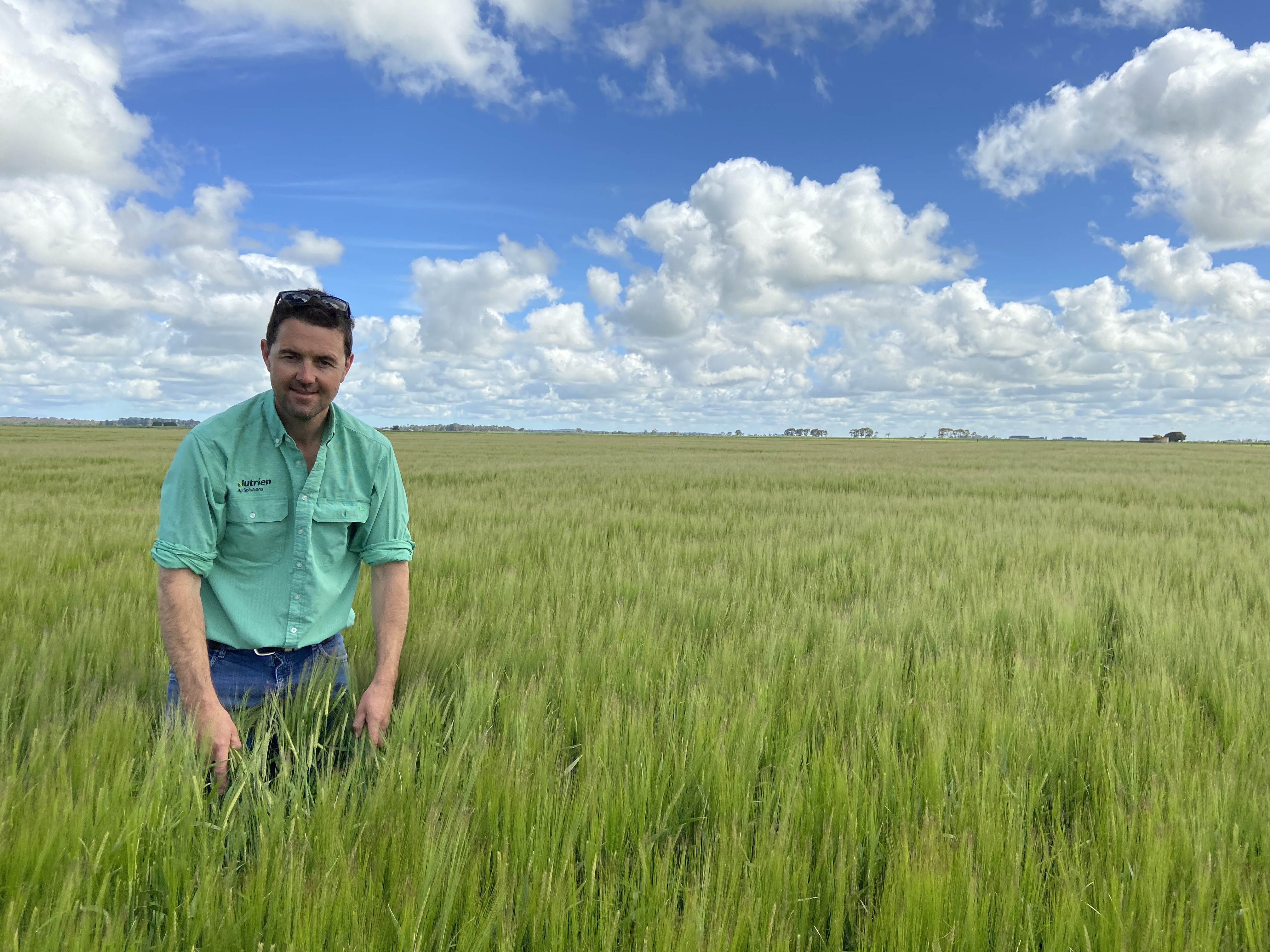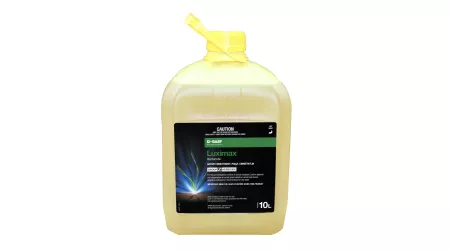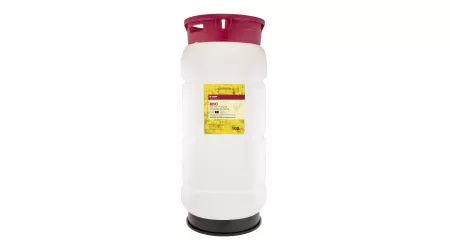Success with Systiva
4 steps for maintaining net blotch control
Dressing barley seed with Systiva is still the smartest single use of SDHI chemistry to control both forms of net blotch – as well as other key diseases – and set up strong yields. But it must be part of a robust rotation.
These are the four steps to taking an integrated approach that will make the best use of the management tools you have available:
Step 1: Avoid barley on barley
Rotating crops and burning stubble will help reduce inoculum levels and the risk of severe infection.
Step 2: Avoid susceptible varieties
Use the net blotch resistance ratings in your latest GRDC crop sowing guide to avoid growing the most susceptible varieties such as Spartacus.
Step 3: Rotate fungicidal MoAs
If you are going to include an SDHI fungicide in the program, using Systiva at the start will be the most effective option. It will reduce disease establishment and can then be followed by a QoI + DMI fungicide like Opera.
Step 4: Use a foliar follow-up proactively
The best risk-reduction strategy is to use a foliar fungicide at a pre-planned timing (e.g. GS 32) rather than waiting until disease symptoms appear.
Suggested spray programme
Start with Systiva as your early SDHI foliar fungicide for early protection. Systiva will limit net blotch establishment as well as controlling other diseases.
The first follow-up spray should be scheduled at GS32 or soon after and include a QoI mode of action as well as a DMI, such as Opera.

How it works
Systiva is a foliar fungicide treated directly to the seed, giving it the best possible start from day one. From sowing, it delivers powerful long-term disease control against seed, soil and foliar diseases, as well as greater resilience against challenging weather conditions. By enhancing vigorous growth in roots and shoots and providing a robust foundation for crop establishment, Systiva offers farmers peace of mind knowing their crop yield protection is assured.
Questions and Answers from the Field
-
Can rust fungus be cured?
Rust fungus can be cured using a treatment spray. To prevent rust fungus, use Systiva seed treatment fungicide. To control leaf rust and other diseases in barley crops, it’s important to apply Systiva to the seeds before they’re sown. Systiva is a powerful seed treatment fungicide that controls leaf rust and other diseases in wheat and barley crops.
-
Can Septoria leaf spot be cured?
Systiva seed treatment fungicide is an excellent way to prevent Septoria leaf spot – also known as Sepotoria tritici blotch. To cure Septoria, a foliar spray can be used. To control Septoria in wheat crops, it’s important to apply Systiva to the seeds before they’re sown. Systiva offers grows a huge advantage in disease control, in particular for Septoria tritici blotch.
-
Can you spray fungicide on seeds?
Fungicide can be applied on seeds. For robust and long-lasting protection of barley and wheat crops, use Systiva seed treatment fungicide. Systiva is a fungicide that offers comprehensive and extended protection against key diseases.
-
Does powdery mildew stay in the soil?
Powdery mildew in barley can be controlled with Systiva seed treatment fungicide and does not stay in the soil. To prevent powdery mildew, it’s important to apply Systiva seed treatment fungicide to seeds before they’re sown.
-
How do you get rid of Rhizoctonia fungus?
Systiva seed treatment fungicide suppressed rhizoctonia in wheat and barley crops. Systiva is a powerful seed treatment fungicide that is applied to seeds prior to sowing and prevents rhizoctonia in both wheat and barley crops.
-
What is the best fungicide for spot form net blotch?
Systiva seed treatment fungicide is the new generation seed treatment that effectively controls the spot form of net blotch. Systiva seed treatment fungicide is also the best way to control net form of net blotch.
-
What is the technical name for Systiva?
The active ingredient and technical name of Systiva seed treatment fungicide is 333g/L fluxapyroxad. Systiva seed treatment fungicide is a powerful preventative against key diseases in wheat and barley crops.







